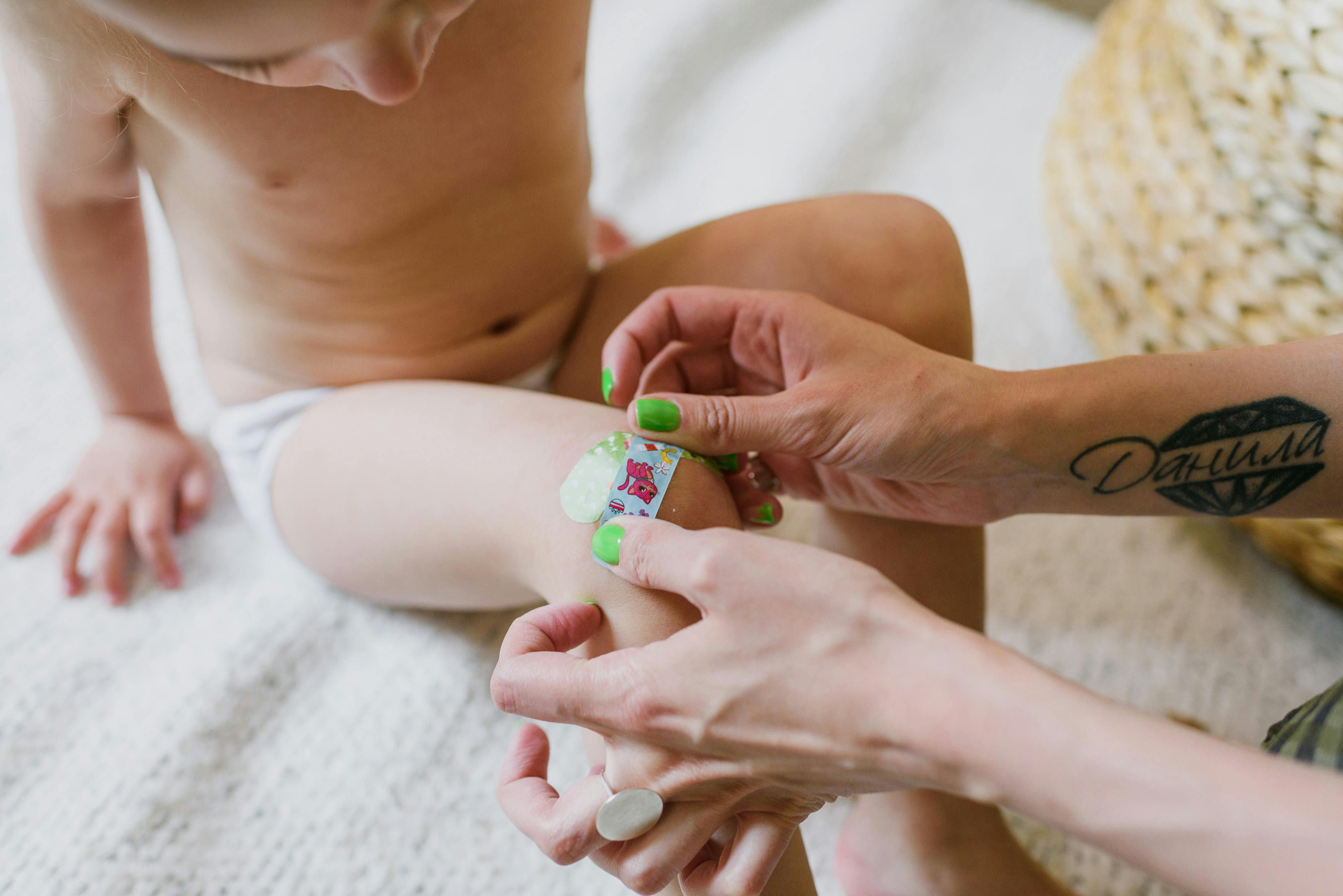“Moving is as natural for learning as breathing is for living,” says early childhood expert Mimi Chenfeld. From newborn to adult, your child has many things to learn. Most of those skills are learned through practice, cooperative play, and physical activity.
By nature, a child must move, fidget and wiggle. They are not intended to lead a sedentary lifestyle. A child’s body needs to run, jump, roll, and play in order to grow and develop normally. They need to develop strength, strong bones, and coordination. It is not possible for this to happen without a lot of physical activity and practice.
At 3 to 4 months of age, your baby will begin to be active. Learn to hold head up, reach out to grab toys, and roll over without assistance. Without hands-on, physical activity, your baby would not learn these skills. The same is true for each stage of development throughout your child’s growing years.
The best way to help your child reach milestones in physical development is to encourage activity and movement. Your child will naturally keep trying new motor skill challenges. A one-year-old will automatically begin to learn to walk, climb, and balance if given the choice. Providing the necessary tools, opportunities to practice, and most importantly, her time, will speed your child through life’s physical challenges.
Backyard play equipment, bikes, and regular activities are all the tools your child needs. It is necessary to provide your one year old with a safe environment to learn basic climbing skills, under adult supervision, to strengthen muscles, develop balance and coordination. The toddler playground equipment will go a long way in helping your child, ages 12 months to 4-5 years, develop all the physical and motor skills he needs.
Outdoor play is important. Not only will they get the necessary vitamin D from the sun, but they will also begin to see physical activity as an important part of health. Especially if you also set an example by being physically active outdoors. Simple things like going for a family walk or bike ride after dinner, playing catch in the backyard, or pushing your child on a swing will help ingrain the need to be active in your child’s life.
As your child begins to master certain skills, he or she will begin to hear the words “Look at me!” as he performs one physical foot or the other for you. This means that he is gaining confidence in his abilities. Children who are more active and comfortable with their physical abilities have more self-confidence overall. They tend to try new challenges in life with less hesitation.
Self-esteem, a healthy body image, and self-confidence are all byproducts of physical activity. Be sure to include toys and opportunities to encourage your child to be active. Limit the types of activities that require your child to stay “still.” Television viewing and video game playing should be allowed for a very limited time.
The average child must be physically active for at least 4-5 hours per day to maintain their health. Obviously, as a parent, it’s not possible for you to play with them all that time, so it’s important that you give them toys or play equipment that encourage them to be active on their own.
